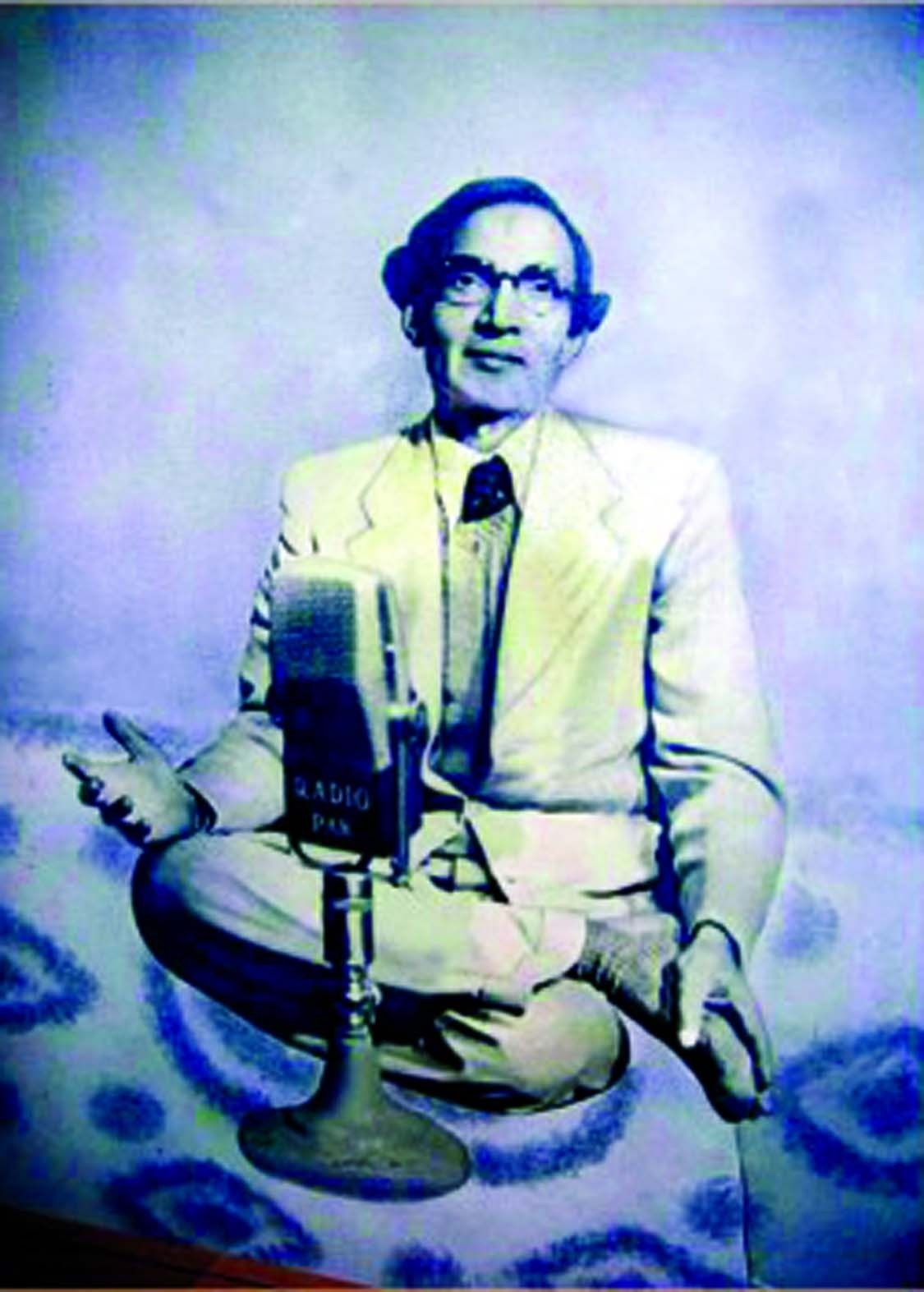Tuesday Trivia: The Bangla folk song Bappi Lahiri stole to make Arey Pyaar Kar Le
Yaar Bina Chain Kahaan Re has now been remixed as Arey Pyaar Kar Le for Shubh Mangal Zyada Saavdhan. But did you know Bappi Lahiri stole the tune of Yaar Bina Chain from a popular Bhawaiya song?

Ayushmann Khurrana's Shubh Mangal Zyada Saavdhan brought back memories of a hit 80s track. Yaar Bina Chain Kahaan Re. Disco King Bappi Lahiri was the composer and singer of this age-defining song. As Anil Kapoor and Amrita Singh grooved to Pyaar Kar Le, an entire nation fell in love with Bappi Da and his music. But Bappi Da was hardly Beethoven.
In the 80s, before our woke generation woke up and social media ripped the Pritams of the world to shreds for plagiarism, Bappi Da got away with a lot of copying. Some people also called him 'Copy Lahiri' because of his proclivity for lifting tunes. Pyaar Kar Le included.
Bappi Lahiri took the catchy tune in Pyaar Kar Le from a well-known traditional Bhawaiya song, Je Jon Premer Bhab Jaane Na, Tar Shonge Nai Lena Dena.
"Je jon premer bhab jaane na / Tar shonge nai lena dena / Khati shona chhariya je ney nakal shona / Shey jon shona chene na."
He who does not know the value of love / I've got nothing to do with him / He who takes fake gold instead of real / He doesn't know gold.
Listen to a rendition of the song by Ferdausi Rehman:
The song talks of the one who doesn't know the value of love. One who finds a diamond in the garbage and throws it into the water, doesn't know the value of the diamond.
Bappi Lahiri, who was born in Jalpaiguri in the northern part of West Bengal, grew up listening to Bhawaiya. The Bhawaiya influence on Lahiri goes back to his roots, which lie in a zamindar family from Naldanga in Rangpur, then Bengal and now Bangladesh.
BHAWAIYA AND THE LITTLE-KNOWN ARTISTS
Sung in Cooch Behar, Dinajpur in West Bengal, Rangpur in Bangladesh, and Goalpara and Dhubri in Assam, Bhaiwaiyya is a form of folk that is broadly divided into two kinds: chatka and doriya. Chatka is known for its rapid beat. The other form of Bhawaiya is 'doriya', a leisurely tune that follows the flow of the river.
Je Jon Premer Bhab Jaane Na is the 'chatka' form of Bhawaiya, recognised by its quick beat.
The globalisation of Bhawaiya happened largely due to renowned singer Abbasuddin Ahmed, aided by another Bhawaiya lover from Cooch Behar, Harish Pal.
Pal was the first person who created a 'swaralipi' (the written form of music/song represented through signs or symbols denoting swara - tune, taal - rhythm and matra - beat) for Bhawaiya, of both its forms, chatka and doriya. Pal went to little-known Bhawaiya musicians all over North Bengal and got them to record songs, which he later released.
Most of the singers who sang this folk music were little-known people who belonged to little-known villages in the northern part of the Bengal province. Take Nayeb Ali 'Tepu', for example. Where Abbasuddin's education and pedigree came handy (his father was a judge at the Tufanganj court), Tepu, an illiterate farmer, fell behind. Tepu and Abbas were from neighbouring villages in Balarampur in Tufanganj in Cooch Behar. In Abbas's own words, Tepu was 'a better voice and more talented than me'. Tepu could release only 27 records in his lifetime.
ABBASUDDIN AHMED
But like it is with opportunity and education, Abbasuddin is hailed as the most well-known voice associated with Bhawaiya today. Abbasuddin was born in 1901 in a little village called Balarampur in the Tufanganj sub-division, of the now-district of Cooch Behar in West Bengal, then Bengal province. In this Bengal, Abbasuddin used his own name on records that he sang; a huge leap for a Muslim man in that era. Before Abbasuddin, Muslim singers hardly used their own names for fear of being persecuted by the community. Music is frowned upon in Islam, and Bengal had not yet seen its awakening.

Abbasuddin brought music to the homes of Indian Muslims. He began his career by singing modern Bangla songs, and then went on to propose to poet Kazi Nazrul Islam (Bangladesh's national poet today) to write Islamic songs. Abbasuddin recorded these and ensured that they reached the common Muslim household.
BHAWAIYA TODAY
After Abbasuddin's death in 1959, Bhawaiya could not really get the recognition it deserved. The folk music form stayed largely confined to the northestern parts of Bengal and Rangpur in Bangladesh and in the people from the area.
Bhawaiya now lives on in some rare records and Abbasuddin's lineage of Bhawaiya singers. Runa Laila and Rathindranath Roy are some of the well-known names in the field today.
After the Partition, Abbasuddin moved to Dhaka in Bangladesh. Out of Abbasuddin's three children, Mustafa Kamal went on to become the 10th Chief Justice of Bangladesh, while his daughter Ferdausi Rahman carried Abbasuddin's music forward. His younger son, Mustafa Zaman Abbasi, made a career in folk research.
Every year, there are Bhawaiya festivals in Cooch Behar, but hardly make headlines the way a certain Bappi Lahiri does.
Bappi Lahiri is credited with lifting other folk tunes too, to later make chartbusters out of them sans any credit to the original composers - much like how plagiarism works.
As Arey Pyaar Kar Le takes on the country a second time, those words come to mind: Khati shona chhariya je ney nakal shona / Shey jon shona chene na!
(The writer tweets as @ananya116)
ALSO READ: Ayushmann recreates Anil Kapoor's Arey Pyaar Kar Le for Shubh Mangal Zyada Saavdhan
ALSO READ: How much gold Bappi Lahiri owns
ALSO WATCH: Article 15 does not target only the so-called privileged caste, says Ayushmann Khurrana
